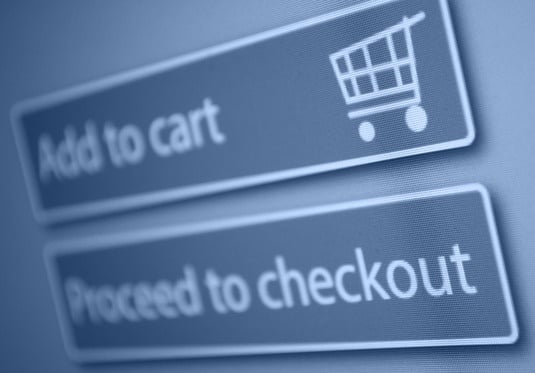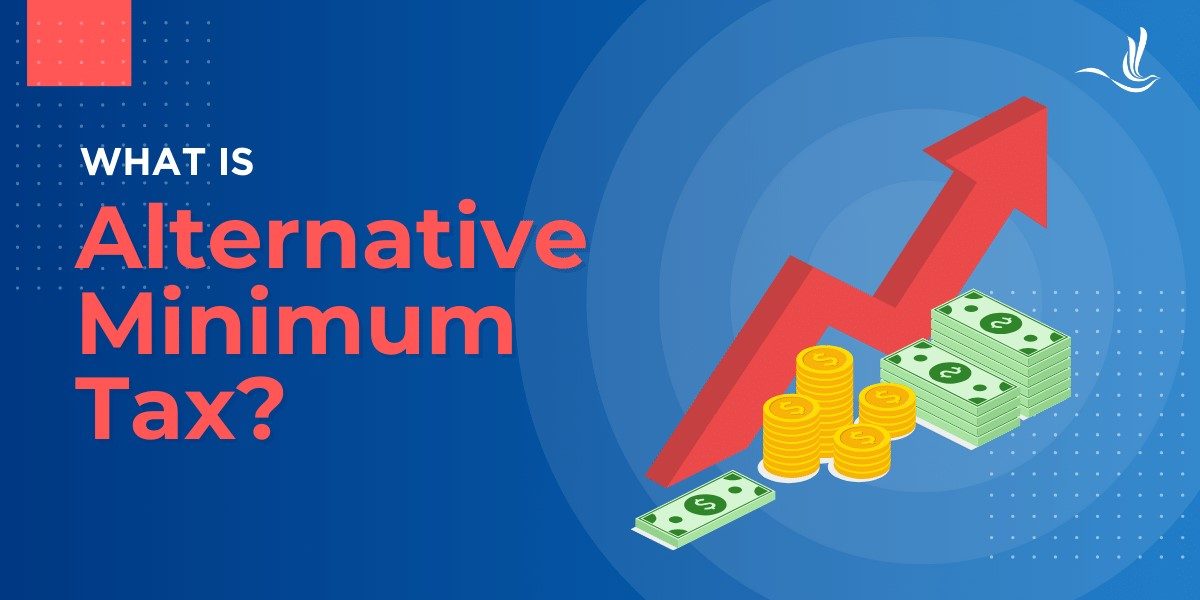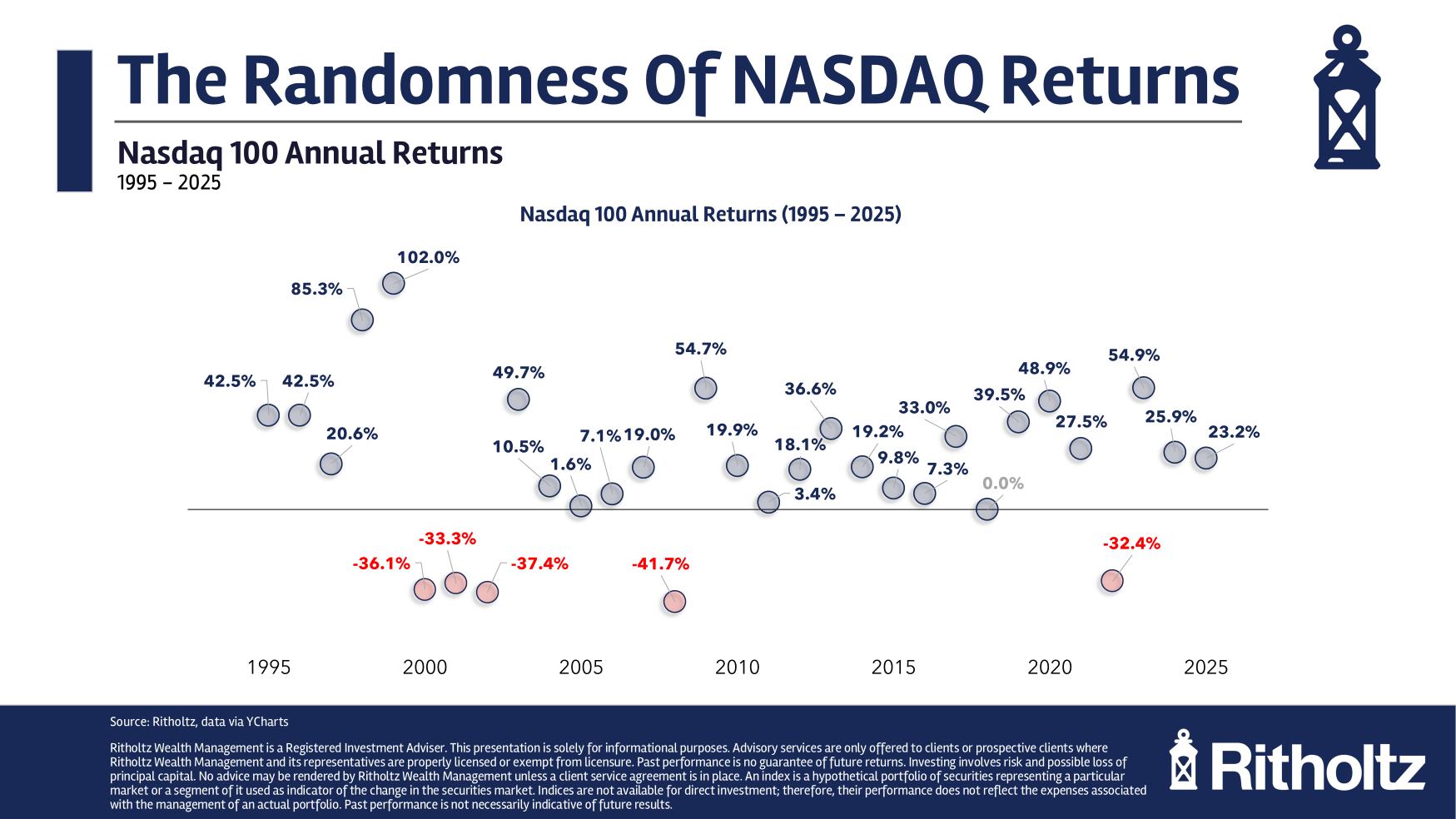E-commerce began and soon exploded as a spinoff from brick-and-mortar retail. Now the spinoff is large enough to generate its own spinoffs, one of which is “quick commerce,” or q-commerce.
This pairing of e-commerce and brick-and-mortar retail, sometimes called on-demand delivery, means a mouse click and digital payment initiate delivery within an hour or two. Products are stored in small warehouses that are sometimes just a few miles from consumers.
Where e-commerce takes days to get a purchase to that consumer’s door, q-commerce takes hours or even just minutes to meet intensifying expectations from consumers. Groceries and other daily essentials are popular products in q-commerce, and overall q-commerce is likely to spark partnerships with local delivery services and involve high-tech (such as AI) delivery services operating 24/7.
Q-commerce is also likely to start sparking long-term questions about sales tax.
The future is q-bright
Despite relatively high costs of micro-warehouses and rapid-delivery fleets, limited micro-warehoused inventory and complex delivery, global q-commerce is expected to grow from some $195 billion this year to $266 billion by 2029 and encompass almost 887 million users, according to Statista.
The U.S. is among the top five nations in q-commerce use and growth, driven by such dominant retailers as Amazon and Walmart.
Q-commerce may also soon evolve to include faster delivery by drone and robot, AI-powered forecasting of demand peaks, a wider range of products and streamlined ordering via in-home AI assistants such as Alexa.
Tax treatment
Q-commerce may seem futuristically fast, but its sales tax calculation remains the same – so far – as its older cousin e-commerce. The sales tax is calculated based on the delivery address; the seller is responsible for collecting the right amount from the buyer and remitting the money to the tax jurisdiction.
But even if this appears clear, details of e-commerce and q-commerce could trip up parties to a transaction in the future.
Consider another evolving offshoot of e-commerce: in-store pick-up, aka “curbside,” where the buyer orders the item online but picks it up in person at the retailers. There are 10,000-plus tax jurisdictions in the U.S., many of which have highly localized differences. (In Kansas City, for instance, sales tax rates vary block to block.) Sales tax systems often calculate the rate according to the ship-to address of the customer – but if the curbside pick-up is at a store in a nearby jurisdiction, the sales tax could be calculated wrong.
What happens if a q-commerce micro-warehouse is in an area with a different tax rate than the customer? No problem in a state with destination-based sales tax.
But a handful of states use origin-based sourcing, meaning that if you’re based in one of these states or you ship from within one of these states to a destination within the same origin-based state, you collect and remit sales tax according to the rules and rates applicable at the business location.
Major origin-based states include Texas, Pennsylvania, Ohio, Virginia, and California. (California is also a “hybrid-origin” state that applies certain state and local taxes based on the origin of a transaction but also applies certain district level sales taxes based on the destination.) If you ship products to these states and those products are handled using q-commerce delivery, it’s worth investigating if you have any special sales tax concerns.
Those 10,000-plus jurisdictions love to change tax laws with little warning. Q-commerce is relatively new, and any sales tax complications can seem too far down the road to be of concern now. But as always with sales tax, watch for the unexpected.
If you struggle to manage sales tax, TaxConnex can be an outsourced member of your team, getting to know your business while applying sales tax expertise and years of experience to a compliance process that works for you. Get in touch to learn more!
Disclaimer: This story is auto-aggregated by a computer program and has not been created or edited by finopulse.
Publisher: Source link








